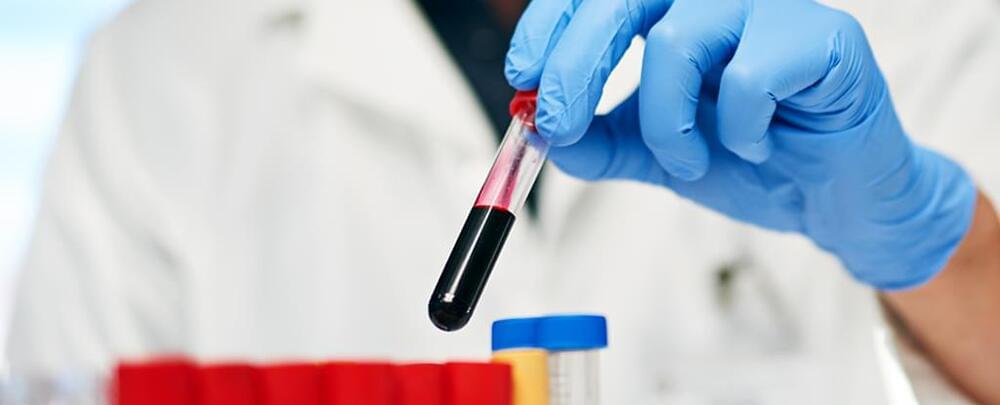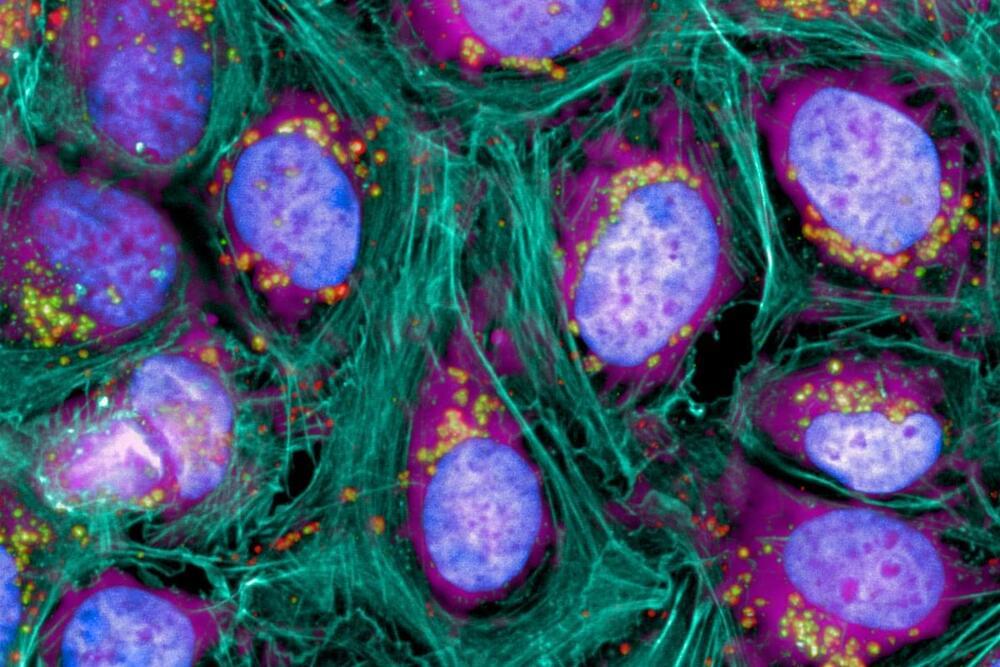Jul 25, 2023
A Signal Hidden in Your Blood Predicts Dementia Risk Decades in Advance
Posted by Genevieve Klien in categories: biotech/medical, life extension, neuroscience
The earlier that Alzheimer’s disease and other similar conditions can be spotted, the better the treatment options are, and scientists have discovered a blood biomarker that could signal the risk of dementia many years in advance.
A team from the National Institute on Aging, the University of Texas, and the Johns Hopkins Bloomberg School of Public Health in the US, as well as other institutions across the world, looked at data on 10,981 individuals collected across the course of 25 years.
In particular, the researchers analyzed the proteome of these individuals: the complete set of proteins expressed in a body, driving all kinds of biological processes from cell communication to hormone levels.

















